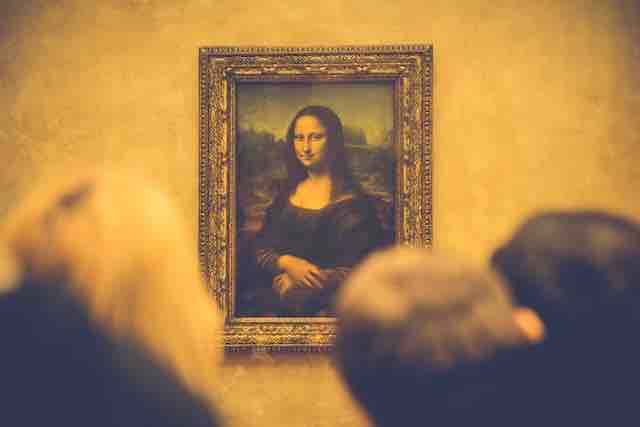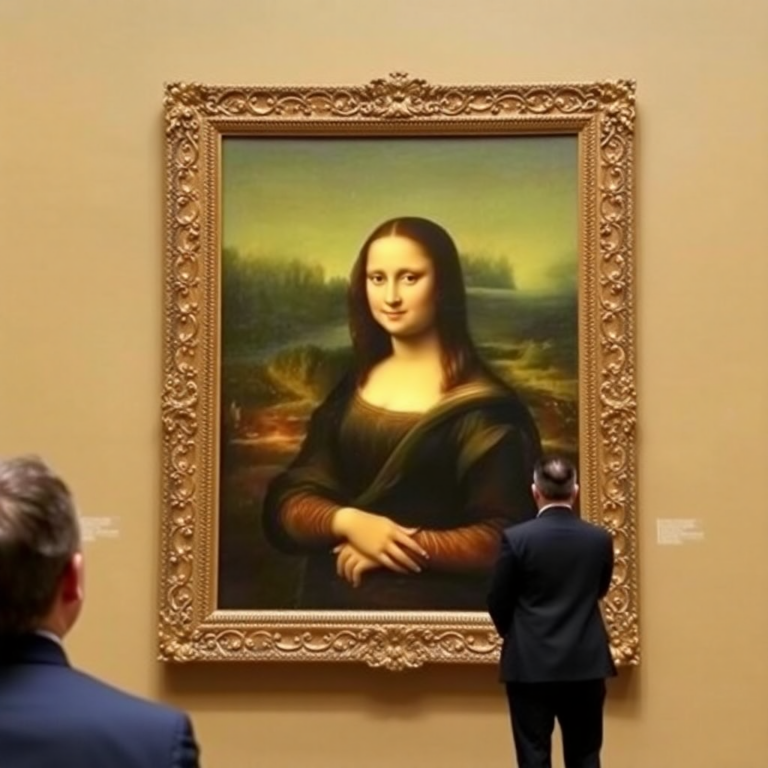Mona Lisa is undoubtedly one of the most iconic paintings in the world, and for good reason. The portrait’s subject, Lisa Gherardini, has captivated art enthusiasts for centuries with her enigmatic smile. But there has always been another element of the painting that has puzzled historians and art aficionados alike – the bridge in the background. For years, people have been wondering about the significance of the bridge and why it features in the painting. Now, a historian has finally uncovered the secret behind the bridge, shedding new light on Leonardo da Vinci’s masterpiece.
According to historian Carla Glori, the bridge in the background of Mona Lisa’s painting is actually based on a real bridge that once existed in the town of Bobbio, Italy. The bridge, which was known as the Ponte Gobbo (hunchback bridge), was a marvel of medieval engineering, with a unique hump in the middle. Glori believes that da Vinci was inspired by the bridge and decided to include it in his painting.
But why would da Vinci be interested in a bridge in a small Italian town? Glori suggests that the bridge may have held some special significance for da Vinci. She explains that the bridge was a crucial trade route in the Middle Ages, connecting Italy with France. It’s possible that da Vinci, who was interested in all aspects of engineering and technology, saw the bridge as a symbol of human ingenuity and progress.
Glori’s discovery sheds new light on Mona Lisa’s painting and provides a fascinating insight into da Vinci’s creative process. It also highlights the importance of historical context when analyzing works of art. By understanding the cultural and historical significance of the bridge, we can better appreciate da Vinci’s genius and the deeper meaning behind his work.
In conclusion, Mona Lisa’s secret has finally been unearthed, thanks to the diligent work of historian Carla Glori. The bridge in the background of the painting is a tribute to a real bridge in Italy, and da Vinci’s decision to include it was likely inspired by his fascination with engineering and progress. This discovery reminds us that even the most iconic works of art can still hold secrets waiting to be uncovered.












